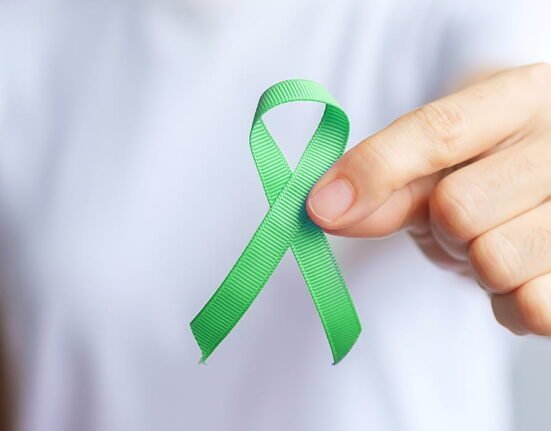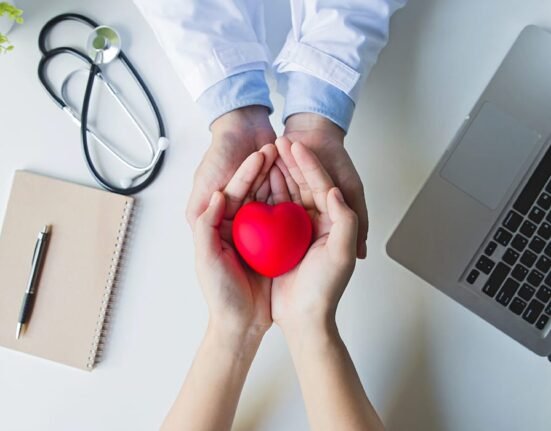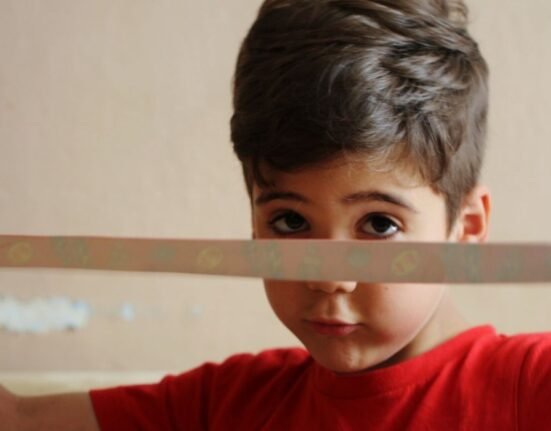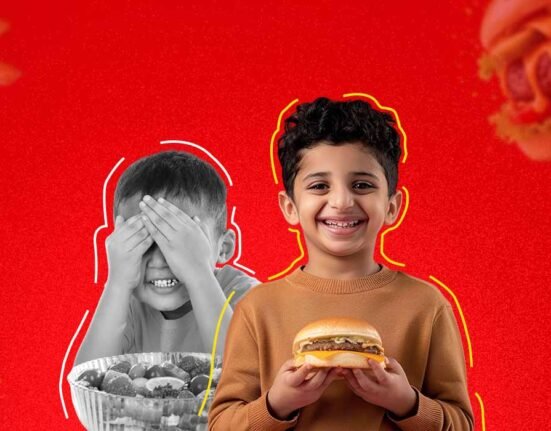In today’s digital world, young people have more access to the internet than ever before. While this can be empowering and educational, it also brings real challenges, given how easily adolescents come across porn or pornography. This often occurs during a delicate stage of emotional and psychological development, when they’re still figuring out who they are.
The conversation around porn isn’t just about morals anymore, it’s about how it shapes young people’s understanding of sex, relationships and even themselves. Research shows that the adolescent brain is still developing, especially in areas that help with decision-making, impulse control, and emotional balance. When teens regularly watch content that presents a distorted view of sex or bodies, it can affect how they see love, intimacy, and self-worth.
Some teens turn to porn out of curiosity. Others might be looking for answers or dealing with pressure, but end up feeling confused or ashamed. According to Peter & Valkenburg (2016), frequent use of porn in adolescents has been linked to poorer mental health, irrational beliefs about sex, and more risky behaviors. This article draws on recent evidence to explore the psychological and emotional effects of adolescent pornography use and why comprehensive education and sexual awareness are more important.
Early Exposure and Cognitive Development
These days, some children are exposed to explicit content as early as age 10 or 11. At that stage, most kids don’t yet have the emotional or cognitive tools to understand what they’re seeing. When no adult steps in to guide them, this early exposure can make it harder to form a healthy sense of what sex and relationships should look like. (Paulus, 2024) In families where sex is treated as taboo, young people might feel too ashamed to talk about their experiences or ask questions. This silence can deepen their confusion or guilt. Over time, without the right support, these teens may start to adopt unrealistic expectations about sex or internalise harmful ideas about consent, gender roles, or love.
It’s also important to remember that adolescent brains are wired to seek rewards. That natural sensitivity can sometimes lead to compulsive viewing habits, something that’s often overlooked. When this happens, teens might begin to struggle with focus, withdraw from their social circles, or feel a growing sense of inadequacy. These aren’t just “phases”. They’re signs that deserve attention.
If we want to support young people, we need to acknowledge the emotional weight of these experiences and create safe, shame-free spaces for them to discuss their feelings. Trusted adults, whether it’s parents, teachers, or school counsellors, can play a great role in helping teens to navigate a hypersexualised digital world without losing sight of their values, boundaries, and self-esteem.
Exploring Identity and Confusion
The teenage years are all about figuring things out, who you are, how you connect with others, and what love and intimacy mean to you. It’s a time of emotional and social discovery, but it can also be confusing. Pornography, especially when viewed without context or conversation, can quietly shape how teens think they’re supposed to behave in relationships. According to Vertongen and colleagues (2022), many teens feel conflicted about watching porn. It doesn’t always align with their values, what they’re experiencing, or what they hope relationships will look like. For some, this disconnectedness leads to guilt or shame.
Others might try to mimic what they’ve seen, assuming that’s just what people do. But porn often skips over the things that make real relationships work like trust, emotional closeness, mutual respect, and good communication. When those pieces are missing, teens are left with a puzzle that doesn’t quite fit. That’s why it’s so important for teens to have trusted adults they can talk to. When they feel safe asking questions or voicing their worries, they’re much less likely to carry that confusion alone.
Risky Behaviours and Peer Influence
Not every teen who watches porn will engage in risky behaviors, but there is a connect worth paying attention to. Research by Pirrone and colleagues (2022) found that teens who consume porn often are more likely to have earlier sexual experiences, multiple partners, and less consistent use of protection. If teens are regularly exposed to violent or degrading portrayals of sex, they may begin to internalise those behaviours as “normal”. This risk is even higher among boys, who are statistically more likely to view pornography and be influenced by what they see. (Pirrone, 2022)
We should take part in teaching them real information. Comprehensive sex education, covering consent, respect, and emotional safety, can help teens develop critical thinking skills and understand the difference between entertainment and reality.
Emotional Effects and Mental Health
For some adolescents, porn turns into a way to cope with stress, sadness, or loneliness. There has been few evidence where excessive watching of porn can be linked to anxiety, depression, and poor self-esteem amongst teens. (Adarsh & Sahoo, 2023). It’s not always about the content itself; it’s about what the teens might be running from. Using porn as an escape can affect how they perform at school, how they interact with friends, and how they feel about themselves. Some teens might even want to stop but feel stuck in a cycle of guilt and secrecy.
In these moments, judgment isn’t what they need. What helps most is being met with empathy. Adults who listen without shaming can create a space where teens feel safe enough to reflect, open up, and start building better coping tools.
Conclusion
It is highly recommended that parents and school educators understand that porn is out there, and their teens will come across it whether by accident, curiosity, or peer pressure. What really should matter is how they handle such viewing.
Instead of reacting with fear or shame, we need to meet this issue with compassion, honesty, = and education. Teens who are exposed early to such content may face confusion and guilt about sex. Some may exhibit risky behaviour, while others might struggle. But with the right support, they can think critically, understand what they’ve seen, and form their values around intimacy and relationships.
When you offer empathy, accurate information, and a listening ear, you become part of the solution. Porn doesn’t have to represent the dirtiest stage of teens, rather something to understand and explore with trust and respect.
FAQs
1. Why do so many teens watch Pornography?
Teens are naturally curious, especially when it comes to sex and relationships. Without open conversations or reliable education, many turn to porn as a way to learn often without realizing how unrealistic or misleading it can be.
2. Does watching porn always lead to harmful behavior?
Not necessarily. But frequent exposure, especially to violent or degrading content, can shape how teens think about sex, relationships, and consent. It’s the lack of guidance and healthy context that often creates problems.
3. How can parents or educators support teens without shaming them?
They can start by creating a safe, judgment-free space for honest conversation. Teens are more likely to listen, reflect, and ask questions when they feel understood, not punished or embarrassed.
References +
- Adarsh, H., & Sahoo, S. (2023). Pornography and its Impact on Adolescent/Teenage Sexuality. Journal of Psychosexual Health, 5(1), 35–39. https://doi.org/10.1177/26318318231153984
- Vertongen, R., van Ommen, C., & Chamberlain, K. (2022). Adolescent Dilemmas About Viewing Pornography and Their Efforts to Resolve Them. Journal of Adolescent Research, 40(1), 226-254. https://doi.org/10.1177/07435584221133307 (Original work published 2025)
- Pirrone, D., Zondervan-Zwijnenburg, M., Reitz, E. et al. Pornography Use Profiles and the Emergence of Sexual Behaviors in Adolescence. Arch Sex Behav 51, 1141–1156 (2022). https://doi.org/10.1007/s10508-021-02140-3
- Peter, J., & Valkenburg, P. M. (2016). Adolescents and Pornography: A Review of 20 Years of Research. Journal of sex research, 53(4-5), 509–531. https://doi.org/10.1080/00224499.2016.1143441
- Paulus, F. W., Nouri, F., Ohmann, S., Möhler, E., & Popow, C. (2024). The impact of Internet pornography on children and adolescents: A systematic review. L’Encephale, 50(6), 649–662. https://doi.org/10.1016/j.encep.2023.12.004













Leave feedback about this